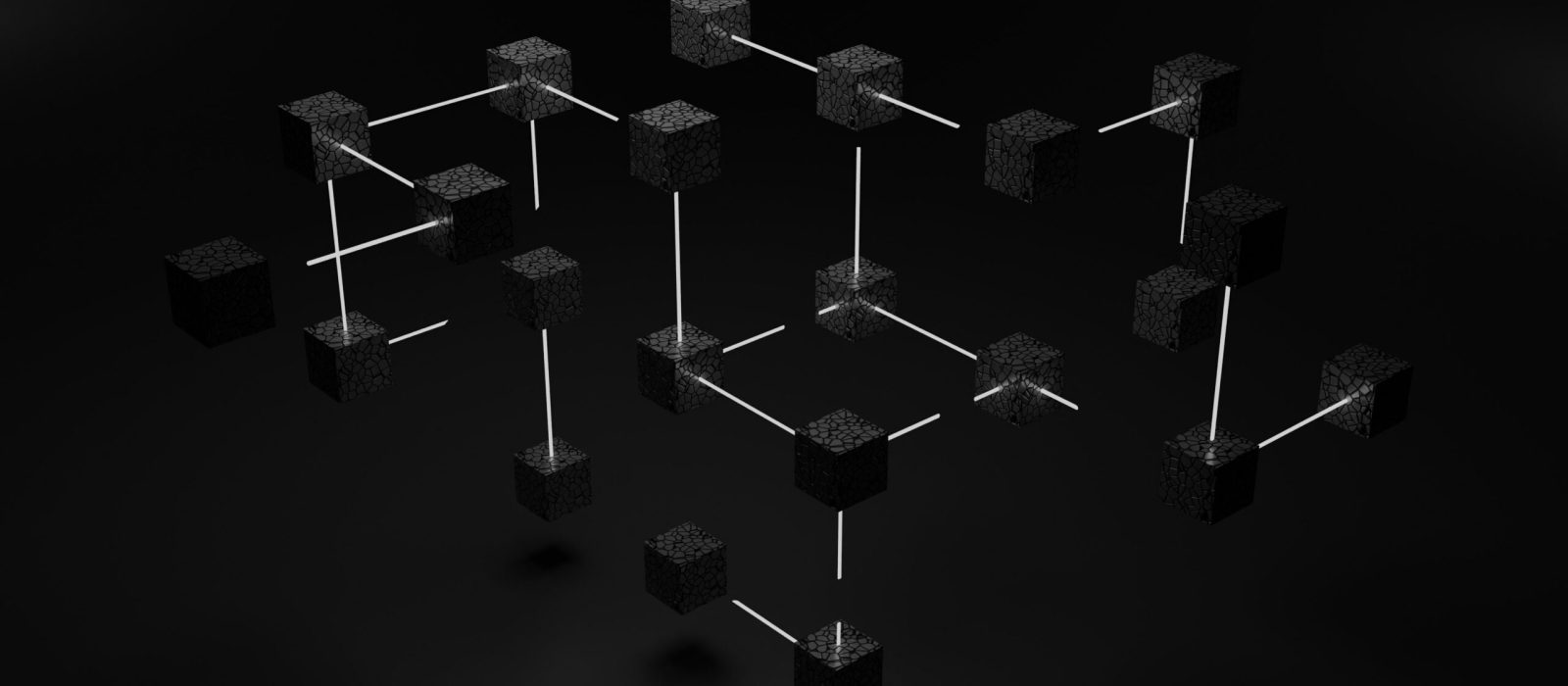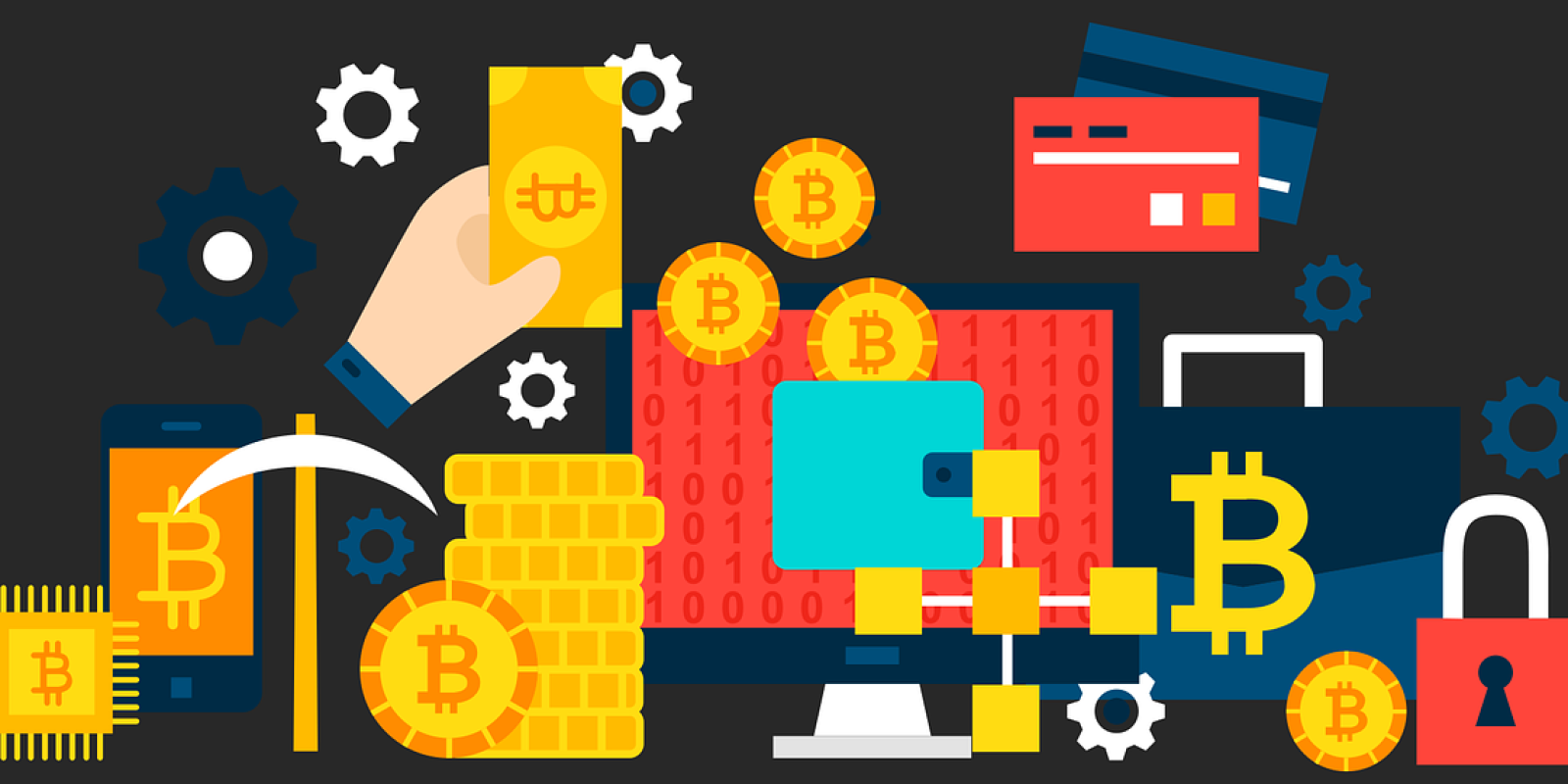When people talk about crowdfunding they usually refer only to equity, lending, reward and donation. Yet, in addition to the "classic" types of crowdfunding (a term that literally means "to raise money from multiple people"), new ways of raising capital involving the exchange of coins and tokens, or virtual assets, have been gaining popularity in recent years. In this article we look together at what coins and tokens are, how they differ, and why you should consider them for your capital raising.
- Difference between coin and token
- Utility and Security Token
- Token-based capital collections
- Want to learn more directly with our crowdfunding experts about the topic you are reading about?
- Do you need support in preparing a successful crowdfunding campaign and seeking potential investors for your project?
Difference between coin and token
Let's start right away with an important clarification: coin and token are two quite different things.
The coin is a cryptocurrency, which is an exchange currency (like euros, dollars or pounds) with which to buy goods of all kinds (including tokens); the difference is that there is no "physical" form, only digital.
The buying and selling of coins (a category that includes the famous Bitcoin, which you have probably already heard of) takes place on Blockchain technology. It is essentially a shared and decentralized digital ledger accessible to anyone in the "network," structured in blocks. Each block contains encrypted information, meaning that once the information is recorded within the Blockchain, it cannot be modified or altered.
Tokens, on the other hand, are fungible and tradable representations of tangible or intangible resources (or assets). Unlike coins, tokens do not have their own Blockchain, but operate on dedicated platforms and do not necessarily represent a currency (for that, there are already coins!).
It is possible to buy and trade with both coins and tokens. What differentiates them are the actions that, as financial instruments, they can perform: the coin is to all intents and purposes a currency with its own value; the token, on the other hand, is to be considered more like a voucher or coupon, and is only usable in a given "space" or "circuit."
Utility and Security Token
Tokens are divided into two categories: utility and security.
Utility tokens serve a specific purpose (e.g., the ability to be used on a platform to obtain a specific service in return) and are not necessarily related to the company bringing them to market.
Security tokens, also called "investment tokens" or "equity tokens," on the other hand, are necessarily linked to the issuing company, of which they may represent a share or otherwise.
Token-based capital collections
Capital raisings involving the exchange of tokens represent the evolution of fundraising methodologies in the fintech sector and are set to play an increasingly important role.
There are different modes of token-based collection: with ICOs (Initial Coin Offering), IEOs (Initial Exchange Offering) and IDOs (Initial DEX Offering) utility tokens are exchanged, while with STOs (Security Token Offering) security tokens are exchanged
As is the case with classic crowdfunding, such transactions require the use of enabling platform. However, in the case of ICOs, IEOs, IDOs and STOs - collections that take place via Blockchain - there is no need for a third party entity to process the payment (banks, credit cards, etc.), since it is the Blockchain itself, by its very nature, that validates the information.
Let us see, in more detail, the characteristics of each type of collection.
Want to explore directly with our crowdfunding experts the topic you are reading about?
Turbo Crowd can reveal to you all the tricks of the crowdfunding trade, explain the capital-raising opportunities available to you, and provide you with practical support to carry out a successful crowdfunding campaign.
ICO (Initial Coin Offering)
Originating in 2013, ICO is a fundraising practice for blockchain projects in which tokens are offered to investors before they are listed on the broader market, such as the derivatives market.
To properly structure an ICO is advisable:
- verify that your business is appropriate for an ICO;
- Have a product "consistent" with the ICO collection itself;
- create a token, which is an asset your business needs to survive.
- know perfectly all related regulatory aspects by turning to professionals in the field;
- Drafting an accurate whitepaper that allows potential investors to form a precise understanding of your project;
- Develop a community around your project.
IEO (Initial Exchange Offering)
The IEO makes its appearance in 2019 and ranks higher than the ICO in terms of mediation and regulation. An Initial Exchange Offering (IEO), in fact, is a token sale "supervised" by a cryptocurrency exchange. In extreme simplification an exchange is nothing more than another financial instrument connected to the crypto world, aimed at protecting the exchanges and purchases of cryptocurrencies themselves.
The advantage, compared to the ICO, lies in the presence of a platform-the exchange, in fact-that makes it easy to exchange one's tokens with other people, solving the problem related to the need to find interested parties.
The disadvantage is that the presence of a centralized exchange means giving up one of the primary aspects of the token world: decentralization.
IDO (Initial Dex Offering)
IDO (where Dex stands for "decentralized Exchange") debuts shortly after the IEO, in June 2019, through the Raven Protocol project.
Compared to its "exchange" cousin, the IDO provides greater control of funds, the ability to quote directly from the collection platform, and the elimination of the exchange fee that was required by the platform itself.
The big difference from previous types of collection is that in IDOs tokens can be listed immediately on a decentralized exchange (whereas in ICOs they are sold before listing). This allows new projects to directly engage a decentralized investment community, without the need for intermediaries. This is a plus that makes this type of collection much more in line with the peer-to-peer network and tends to maximize the potential of a crowd collection.
In practice, the IDO combines the best of the previous two types of collection: it is easy to launch (like an ICO) and simplifies the process of reselling tokens (like an IEO), while being able to rely on a decentralized exchange.
STO (Security Token Offering)
Security Token Offerings are the newest invention in fintech.
The goal of these collections is the tokenization of tangible and intangible assets, enabling the buyer to legally own an asset, purchased-obviously-through coin or fiat currency (euro, dollar, etc.).
In other words, an STO is a contract regarding an investment that represents legal ownership of a physical or digital asset, which has been verified on the blockchain.
STOs are based on strict regulation and have a lengthy asset-building process. In particular, companies that want to issue security tokens must follow a strict process of controls, regulations, and protocols. In addition, both the company that inputs Security Token via blockchain and those who want to invest must demonstrate that they have the necessary requirements and in line with the Security Exchange Commission (SEC).
These practices, although “inconvenient,” provide soundness and security and “naturally” reduce scam attempts, so-called scams.
Security tokens are therefore more "secure" compared to utility tokens because, unlike the latter, they do not rely on trust-based sales processes (often susceptible to fraudsters) but are based on precise regulations that protect both investors and the issuing party.
Want to learn more about token capital raisings and related ICOs, IEOs, IDOs, and STOs?
Do you need support in preparing a successful crowdfunding campaign and seeking potential investors for your project?
Turbo Crowd can accompany you throughout the process, from organizing the precrowd to closing the collection, developing effective and innovative marketing strategies to best promote your campaign.













































